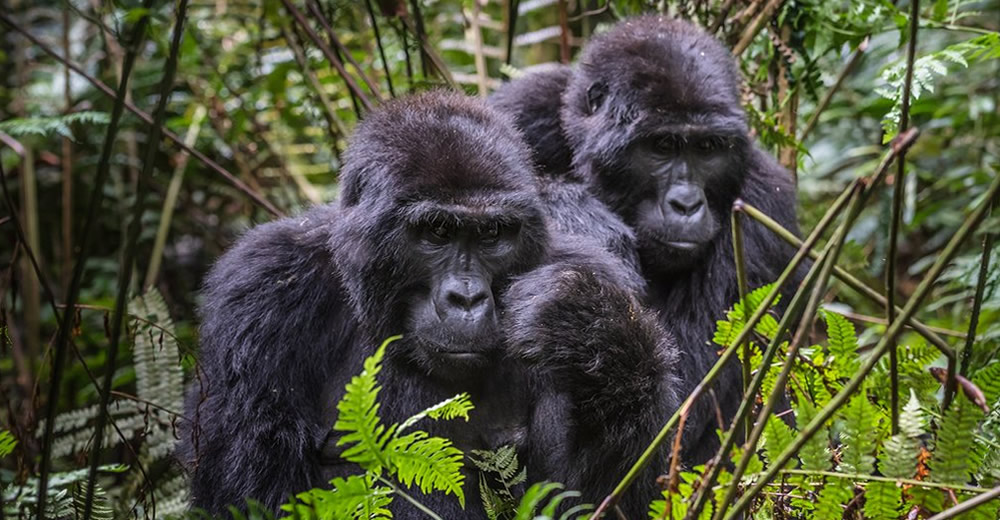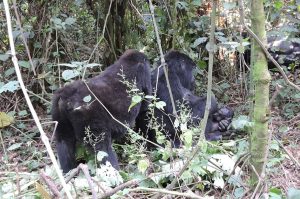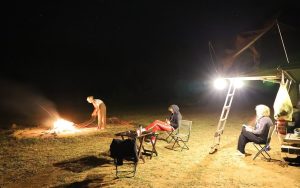
It is estimated that 880 mountain gorillas remaining on planet earth and most of them are found in Africa: Uganda, Rwanda and democratic Republic of Congo (DRC) – known as the Virunga Mountains. Today tracking the critically endangered mountain gorillas is one of the exciting experience tourists have in Africa. With gorilla trekking safaris available, many tourists look towards visiting the mountain gorillas in the wild. Here are some of the things you should know about mountain gorillas;
Many conservation initiatives are meant to aid mountain gorillas, and it is believed that their numbers may be steady or slowly increasing. Still they continue to face major threats from habitat loss and poaching. Mountain gorillas have longer hair and shorter arms than their lowland cousins. They also tend to be a bit larger than other gorillas.
Mountain Gorillas can climb trees but at a slow rate – they stay most of their time on the ground in communities of up to 30 individuals. The troops are organized according to fascinating social structures and leads by the dominant adult male however; the troop members may include other young male. The leader organizes troop activities like eating, nesting in leaves, and moving about the group’s 0.75-to-16-square-mile (2-to-40-square-kilometer) home range.
It should be noted that mountain gorillas are wild primates which moves freely in their nature environment (forests) and some times cross boarders to other countries like the Nyakagezi Gorilla group in Uganda’s Mgahinga National Park. The group some times crosses to Democratic Republic of Congo (D.R.C) and Rwanda.
Silverbacks are expected to be powerful to be able to defend the group members from dangers. Silverbacks may stand upright, throw things, make aggressive charges, and pound his huge chest while barking out powerful hoots or unleashing a frightening roar. Despite these displays and the animal’s obvious physical power, gorillas are generally calm and non aggressive unless they are disturbed. That is why trekkers are briefed before encountering the gorilla groups to overcome harm.
In the thick forests of central and West Africa, troops find plentiful food for their vegetarian diet. They eat roots, shoots, fruit, wild celery, and tree bark and pulp. Female gorillas give birth to one infant after a pregnancy of nearly nine months- similar to human being pregnancy period. Unlike their powerful parents, newborns are tiny —weighing four pounds (two kilograms)—and able only to cling to their mothers’ fur. These infants ride on their mothers’ backs from the age of four months through the first two or three years of their lives.
Young Gorillas, from three to six years old, remind human observers of children. Much of their day is spent in play, climbing trees, chasing one another, and swinging from branches. In captivity, gorillas have displayed significant intelligence and have even learned simple human sign language.
The level of intelligent is higher to the extent of using tools like stones, sticks and metals during their routine work. Uganda Gorillas can be sighted in Bwindi Impenetrable National Park, Mgahinga National park- From Kampala; visitors should head to south western Uganda. In Rwanda, Gorillas are found in Volcanoes National Park situated amidst Virungas. The Democratic Republic of Congo (DRC) Gorillas are found in Virunga National Park – the listed are situated in East and central Africa.




